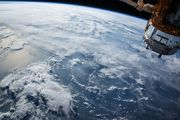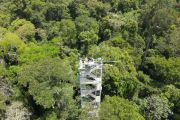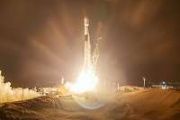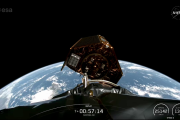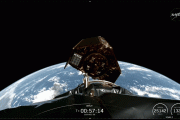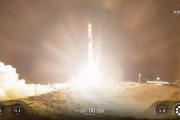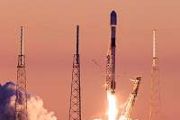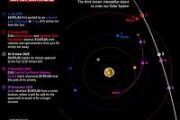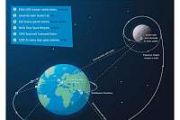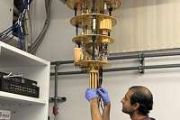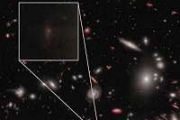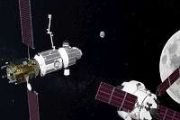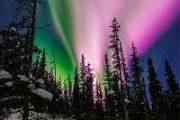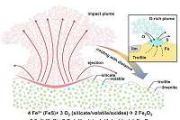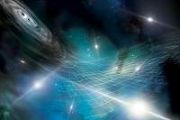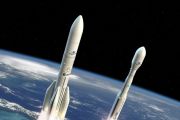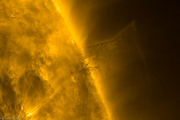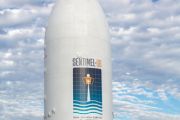
Copernical Team
Planetary Fates as Sun Transitions to White Dwarf Explored in New Study
 As our Sun ages and evolves into a white dwarf, the planets within our solar system face drastically different futures.
While Earth's destiny-whether engulfed or spared by the expanding Sun-remains uncertain, it's clear that Mercury and Venus are likely to be consumed, according to insights from a new study published in the Monthly Notices of the Royal Astronomical Society.
Although
As our Sun ages and evolves into a white dwarf, the planets within our solar system face drastically different futures.
While Earth's destiny-whether engulfed or spared by the expanding Sun-remains uncertain, it's clear that Mercury and Venus are likely to be consumed, according to insights from a new study published in the Monthly Notices of the Royal Astronomical Society.
Although ExoMars 2028 Mission Secures euro 522 Million Contract for Mars Exploration
 Thales Alenia Space has finalized a contract with the European Space Agency (ESA), valued at euro 522m, to progress the ExoMars 2028 mission. The contract encompasses the Mars Entry, Descent and Landing Module (EDLM) development and sustaining activities for vehicles from the 2022 mission.
Scheduled for an October to December 2028 launch at Kennedy Space Center, the mission aims to uncove
Thales Alenia Space has finalized a contract with the European Space Agency (ESA), valued at euro 522m, to progress the ExoMars 2028 mission. The contract encompasses the Mars Entry, Descent and Landing Module (EDLM) development and sustaining activities for vehicles from the 2022 mission.
Scheduled for an October to December 2028 launch at Kennedy Space Center, the mission aims to uncove Delta IV Heavy Completes Its Final Mission with NROL-70 Launch by US Space Force and ULA
 The US Space Force's Space Systems Command (SSC), together with the National Reconnaissance Office (NRO) and United Launch Alliance (ULA), has successfully launched the NROL-70 mission. This launch, utilizing the Delta IV Heavy rocket for its final mission, occurred at 12:53 p.m. EDT from Space Launch Complex 37 at Cape Canaveral Space Force Station, Florida.
Col. Jim Horne, SSC's senior m
The US Space Force's Space Systems Command (SSC), together with the National Reconnaissance Office (NRO) and United Launch Alliance (ULA), has successfully launched the NROL-70 mission. This launch, utilizing the Delta IV Heavy rocket for its final mission, occurred at 12:53 p.m. EDT from Space Launch Complex 37 at Cape Canaveral Space Force Station, Florida.
Col. Jim Horne, SSC's senior m If we want to visit more asteroids, we need to let the spacecraft think for themselves
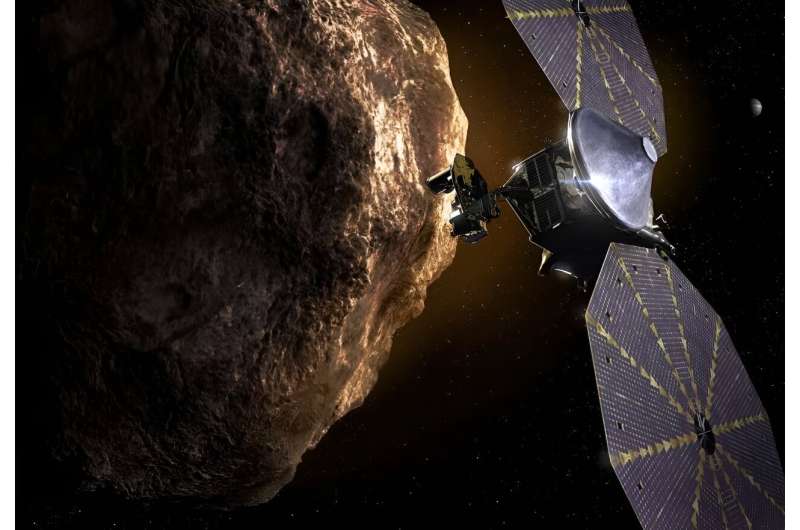
Missions to asteroids have been on a tear recently. Visits by Rosetta, Osirix-REX, and Hayabusa2 have all visited small bodies and, in some cases, successfully returned samples to the Earth. But as humanity starts reaching out to asteroids, it will run into a significant technical problem—bandwidth.
There are tens of thousands of asteroids in our vicinity, some of which could potentially be dangerous. If we launched a mission to collect necessary data about each of them, our interplanetary communication and control infrastructure would be quickly overwhelmed. So why not let our robotic ambassadors do it for themselves—that's the idea behind a new paper published in the Journal of Guidance, Control, and Dynamics and available on the arXiv preprint server from researchers at the Federal University of São Paulo and Brazil's National Institute for Space Research.
The paper primarily focuses on the control problem of what to do when a spacecraft is approaching a new asteroid.
What could we build with lunar regolith?
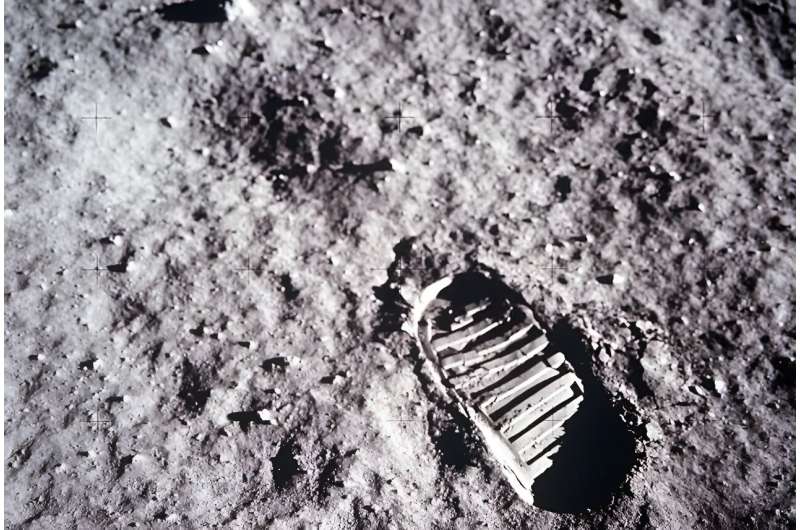
It has often been likened to talcum powder. The ultra fine lunar surface material known as the regolith is crushed volcanic rock. For visitors to the surface of the moon it can be a health hazard, causing wear and tear on astronauts and their equipment, but it has potential. The fine material may be suitable for building roads, landing pads and shelters. Researchers are now working to analyze its suitability for a number of different applications.
Back in the summer of 1969, Armstrong and Aldrin became the first visitors from Earth to set foot on the moon. Now, 55 years on and their footprints are still there.
Russia aborts planned test launch of new heavy-lift space rocket
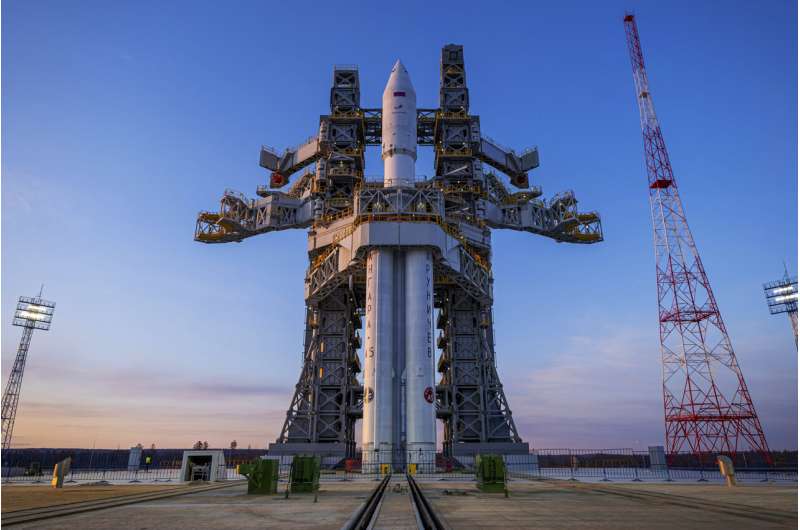
Delta eclipse flight: Here's what it was like

At 35,000 feet over the U.S. the air was thick with anticipation and excited chatter as everyone pulled out their phones hoping to get a photo.
Gray shadows entered the blue sky, turning it a rich slate as the moon started to eclipse the sun.
The moment everyone had been waiting for was here—totality.
Before even getting into the air Delta Air Lines treated passengers to an experience. As they arrived at gate E15 at Dallas Fort Worth International Airport for Flight 1010 to Detroit, they were met with a celestial-themed balloon arch, a red carpet and music.
Flight attendants in purple and gray passed out eclipse-viewing glasses the airline produced in collaboration with Warby Parker—paper shades but with blue-and-white star path drawings on the front and "Eyes on the Sky" written inside.
Delta workers wore T-shirts emblazoned with "Climbing the Cosmos," the airline's slogan for the pair of flights from Austin and Dallas that would be in the path of the eclipse 35,000 feet in the air.
People were excited, and the gate party only heightened the anticipation. Most passengers flew to Dallas that morning or the night before just to turn right around, all to experience totality in a way few others could.
Ariane 6 launches: Robusta-3A for weather reports and radiation robustness
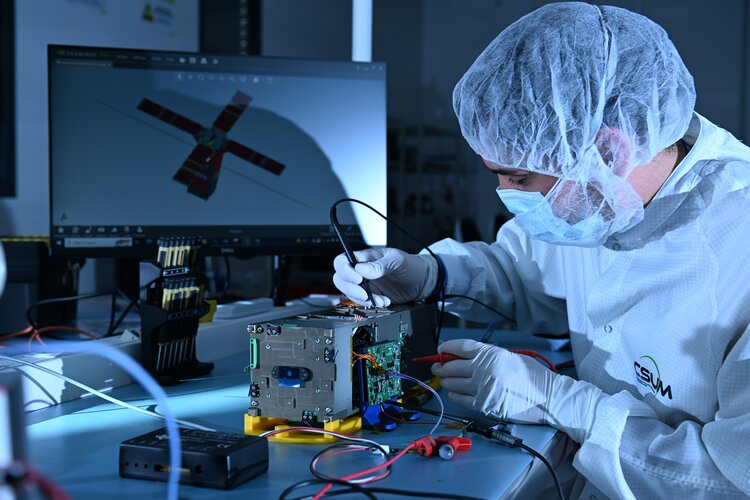
Proba-2 sees the Moon eclipse the Sun
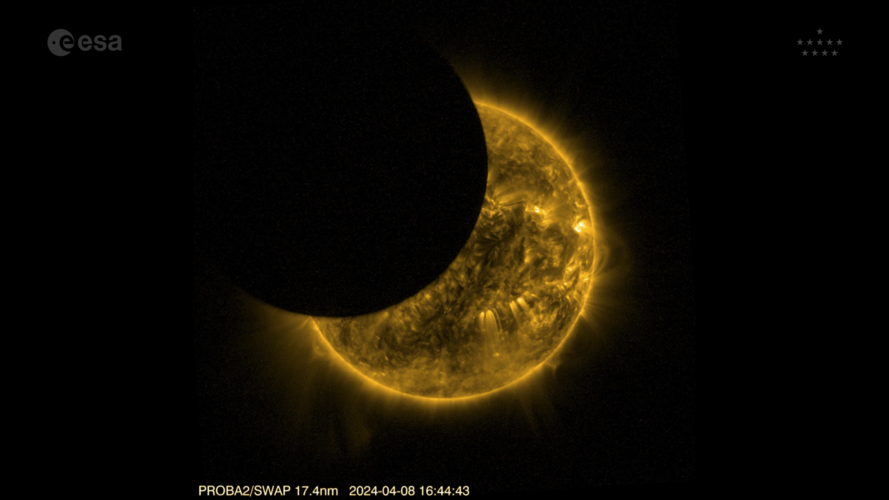 Video:
00:00:31
Video:
00:00:31
ESA’s Proba-2 captured two partial solar eclipses on 8 April 2024.
A solar eclipse occurs when the Moon passes between Earth and the Sun, totally or partially blocking the Sun from Earth’s point of view. On 8 April, lucky viewers across North America witnessed the Moon blocking out the Sun in its entirety for a few minutes, while those north and south of the ‘total eclipse path’ witnessed a partial eclipse.
Throughout the eclipse period, the Moon crossed Proba-2’s field of view twice, appearing as a partial solar eclipse. The satellite flies around 700 km above Earth’s
Total solar eclipse wows North America. Clouds part just in time for most
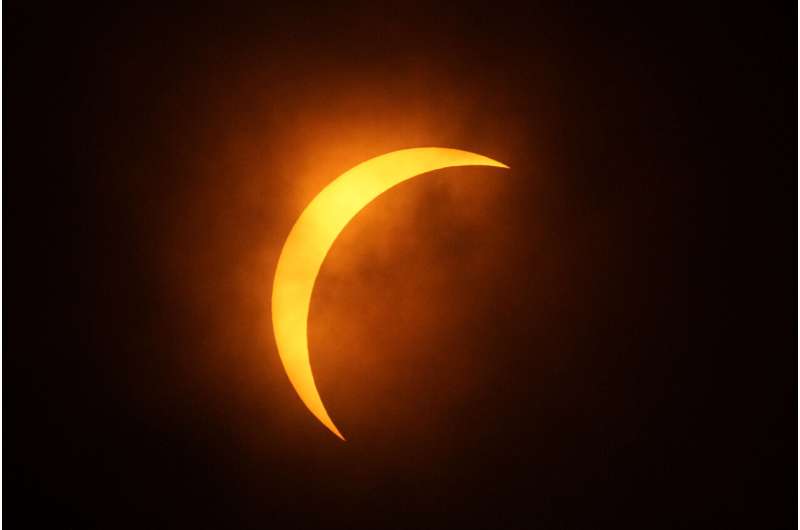
After beholding the midday darkness of a total solar eclipse that raced across the continent, thousands of spectators in New England were stuck seeing only brake lights Monday night as highway traffic backed up for hours.
Crowds of motorists leaving remote northern New Hampshire in the late afternoon clogged local roads leading to Interstate 93, which they found also thronged by cars inching southward. By midnight, some drivers had traveled only 50 miles (80 km) in nine hours.
The New Hampshire Department of Transportation urged patience and said there were about 22,000 more vehicles visiting the tiny state compared to the same time last year. Heavy traffic was also reported in Vermont and Massachusetts.


